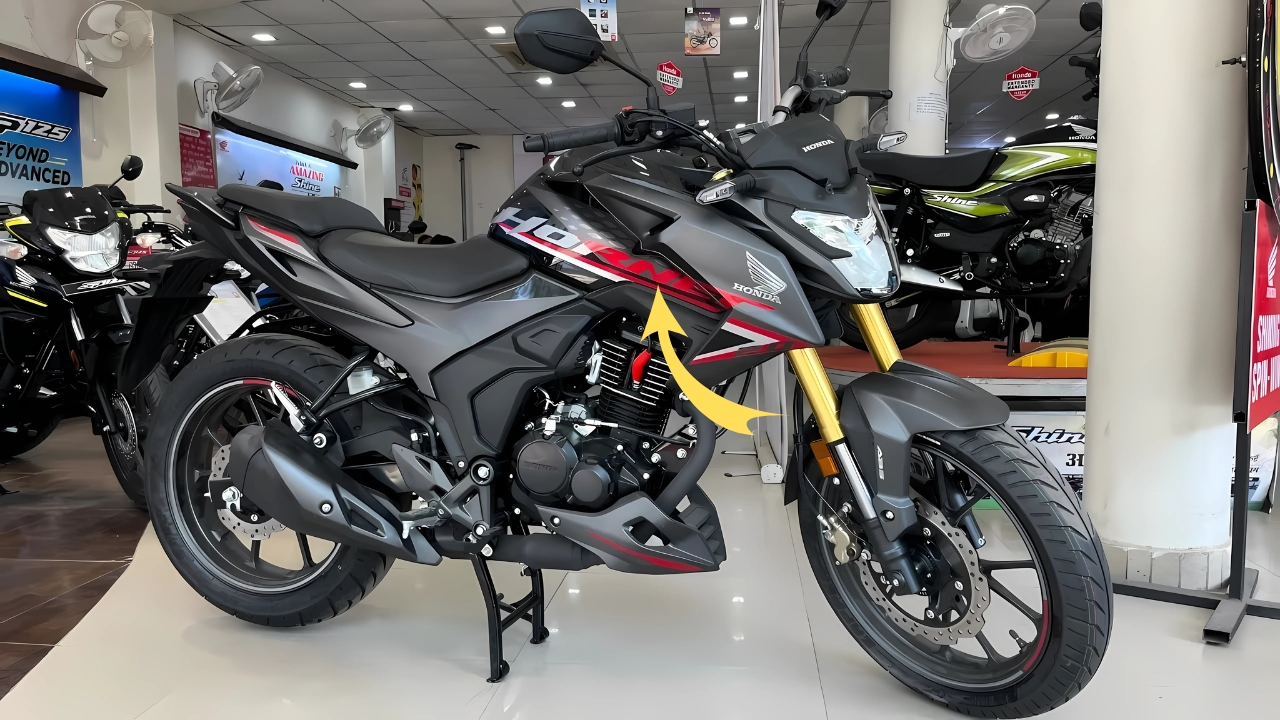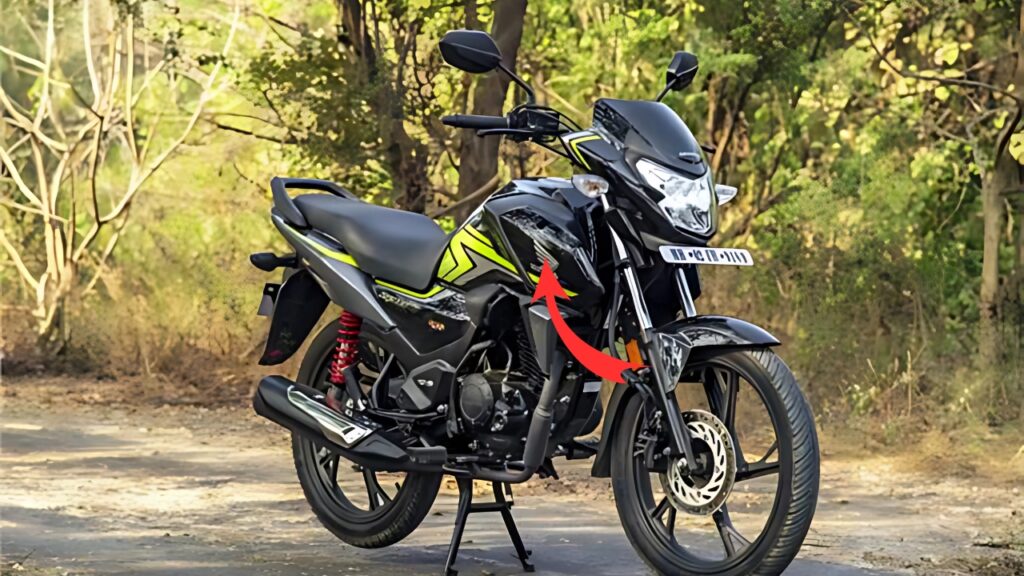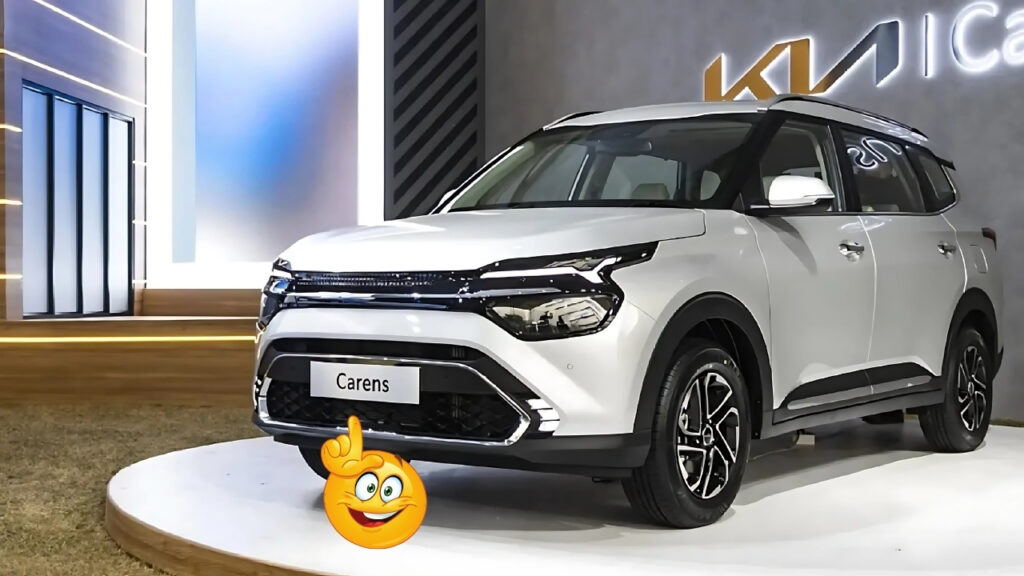Honda Hornet 2.0: Honda Hornet 2.0: Setting New Standards in the Premium Commuter Space
In India’s volatile two-wheeler landscape where sensible commuters find themselves on one end and the aspirational performance bikes at the other, the Honda Hornet 2.0 has been a bike that occupies its own league.
The brand’s first naked street fighter, the generically-named CB Hornet 160R, was introduced in response to the realization that many riders struck a precarious balance between practicality and pizzazz—one that comes in the form of a motorcycle that spent Monday to Friday in commuter mode, before promptly kicking a foot up on the counter for some proper excitement on weekends.
Table of Contents
Honda Hornet 2.0: Evolution of a Street Fighter

The development of the Hornet 2.0 highlights Honda’s awareness of evolving consumer tastes in the premium commuter category.
Whereas earlier generations of Indian bike-riders tended to care above all about fuel-efficiency and reliability, in the face of those traditional values, contemporary riders are increasingly putting a premium on new-age design, tech and performance.
The Hornet 2.0 had been a long time coming as market expectations grew—this was a machine to help ensure Honda’s reputation for engineering was maintained, but operate in a more emotive and visceral space that had previously been rare within this displacement class.
What makes this approach so interesting is that it’s not just a way to build a detuned version of a bigger bike.
Instead, Honda created a ground-up platform that balances performance characteristics suited for the newer rider, with features and styling that give real premium appeal rather than a mere suggestion of it via graphics or nomenclature.
Design Language: Sporty Minimalism
First impacting the Hornet 2.0’s visual character is a defined sense of purposeful aggression. The angular bodywork of the tank has a muscular, sweeping profile, and while the truncated tail section is short, the unique design of the X-shaped taillight is also compact and contributes to the forward-biased stance.
The full-LED lighting gives a functional and contemporary touch inside and out, especially that devilish front “demon eye” headlamp.
Particularly noteworthy is the USD (upside-down) front fork in golden color, an element that was previously rarer still in this displacement segment.
Aside from the functional advantages this part brings, it acts as a visual cue of the premium positioning of the motorcycle right out of the gate, ensuring that even casual observers can instantly place it apart from regular commuters.
The instrument cluster is a mix of analog and digital, with a tachometer at the top, sweeping across the top of the display and a negative LCD screen below that shows speed, fuel level, and trip data.
This balancing act of old meets new—an overall theme reflected throughout the rest of the machine’s design.
Engineering: Well-Rounded Performance
Powering the Hornet 2.0 is a 184.4cc single-cylinder air-cooled engine that makes about 17.2 bhp and 16.1 Nm of torque.
These figures are a significant step up from usual 150-160cc commuters and will not go into the more demanding territory of larger-displacement machines.
The powerplant is equipped with Honda’s Programmed Fuel Injection (PGM-FI) system for accurate fueling and throttle response characteristics across a wide variety of operating conditions.
The character of the engine strikes a solid balance between commuter friendliness and enthusiast interest.
Low end torque makes for easy urban pick-up and go, and the relatively free-revving nature encourages a gung-ho style when circumstances allow.
The ratios are well chosen to match the engine’s power delivery characteristics, and you’ll bind wheelslip over the five-speed transmission for precise shifts.
The chassis features a diamond-type frame that works with the USD fork and a monoshock rear suspension — a setup usually seen on more performance-oriented machines.
And the 17-inch wheels front and rear contribute to handling that’s distinctly more sophisticated than commuter fare, especially as it relates to cornering stability and bump absorption.
Its brakes consist of a 276mm petal disc at the front with single-channel ABS and a 220mm disc at the rear.
That gives solid stopping power with an added layer of safety courtesy of ABS intervention in hard braking scenarios—a bonus for the newer rider still honing their skills.
The Riding Experience: Daily Usability
This is where the Hornet 2.0 really sets itself apart: with the cohesiveness of the riding experience. Otherwise, the ergonomics are well-judged, a slight forward lean that feels engaging without imposing the wrist pressure common to more aggressively oriented sport equipment.
The seat is reasonably comfortable for both rider and pillion, and the 790mm seat height makes the motorcycle accessible for riders of different statures.
The Hornet feels poised in the urban environment. Once on the road, the lightness of the clutch action, crispness of throttle response and overall manageable dimensions makes filtering through busy traffic rather a cinch and the upright ergos offer visibility in turbulent surroundings.
The engine also has a flexible character, which means you won’t be gearchanging all the time, meaning this is even easier to use in stop-and-go conditions.
The Hornet shows its playfulness when the road clears out. The chassis is taut, yet confidence inspiring in cornering, while the suspension is compliant enough to soak up the normal imperfections found in less than pristine roads without upsetting the bike’s balance.
The engine encourages revs, making it more fun to ride than most commuters and prompting a TA rider to get to know the bike rather than just use it for transport.
With the primary focus being on performance rather than efficiency, fuel economy remains respectable, with testers generally seeing between 35-40 kilometers per liter in mixed conditions.
This fuel economy, when combined with the 12-liter fuel tank, enables a practical range of about 420-480 kilometers between refuels — ideal for those extended rides over the weekend without the need to refuel every hundred kilometers or so.
Market Position and Impact
The Hornet 2.0 takes an interesting spot in India’s motorcycle landscape. Positioned above basic commuters but below highly specialized sport or adventure machines, it is aimed at riders moving away from purely utilitarian motorcycles to something with a little more focus on physical ability.
This is a very worthwhile stepping-stone role in a market where less seasoned enthusiasts can be scared off purely by large leaps in displacement or complexity.
Unless you are talking about bikes like the Honda Hornet, which may appropriately fill another niche, whether in developing parts of the world or as the first motorcycle of some urban buyer with an appetite for addicted-big-initial-some-down-market-products.
As city gridlock lengthens commutes, and leisurely riding evolves into a recreational pursuit, machines capable of thriving in both spheres become ever more appealing.
The Hornet’s balanced capabilities suit that dual-purpose requirement better than either pure commuters or more purpose-centric performance machines.
Honda Hornet 2.0
The Hornet 2.0 is an important template for the prospective evolution of the Indian motorcycle market as it continues its heady evolution.
Its consideration of satisfying practical virtues and making emotional offers recognizes that contemporary riders want machines that do more than move people but rather make daily rides better and encourage adventures on weekends.
Future iterations will probably feature more advanced tech as riders’ expectations evolve and regulations change.
But keeping the principle balance that makes the current model appealing (accessible performance, unique styling, and everyday service) will be key for the Hornet’s likeability in a more segmented market.
But we live in a world where motorcycle manufacturers toe the line between daily commuters and aspirational performance bikes, making the middle ground to be quite a shady area—hence the Hornet 2.0 providing a middle ground and appealing to the needs of Indians who want a practical bike packed with character, adding to the Hornet’s staying power in India’s bustling two-wheeler landscape.





